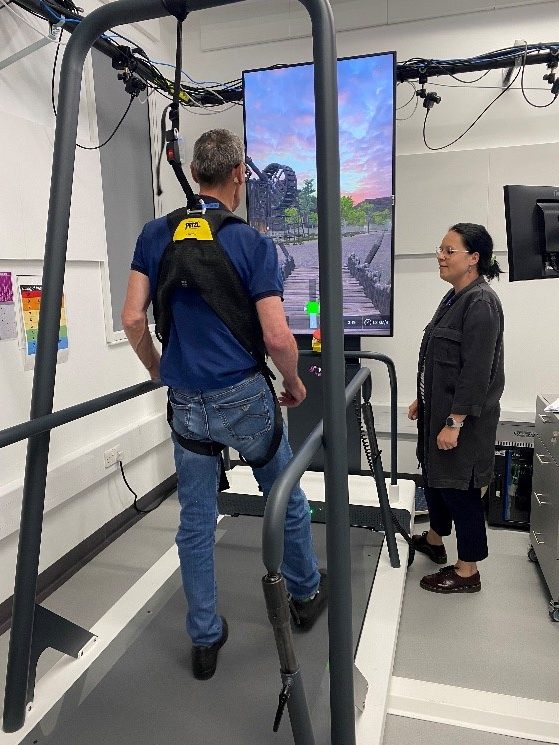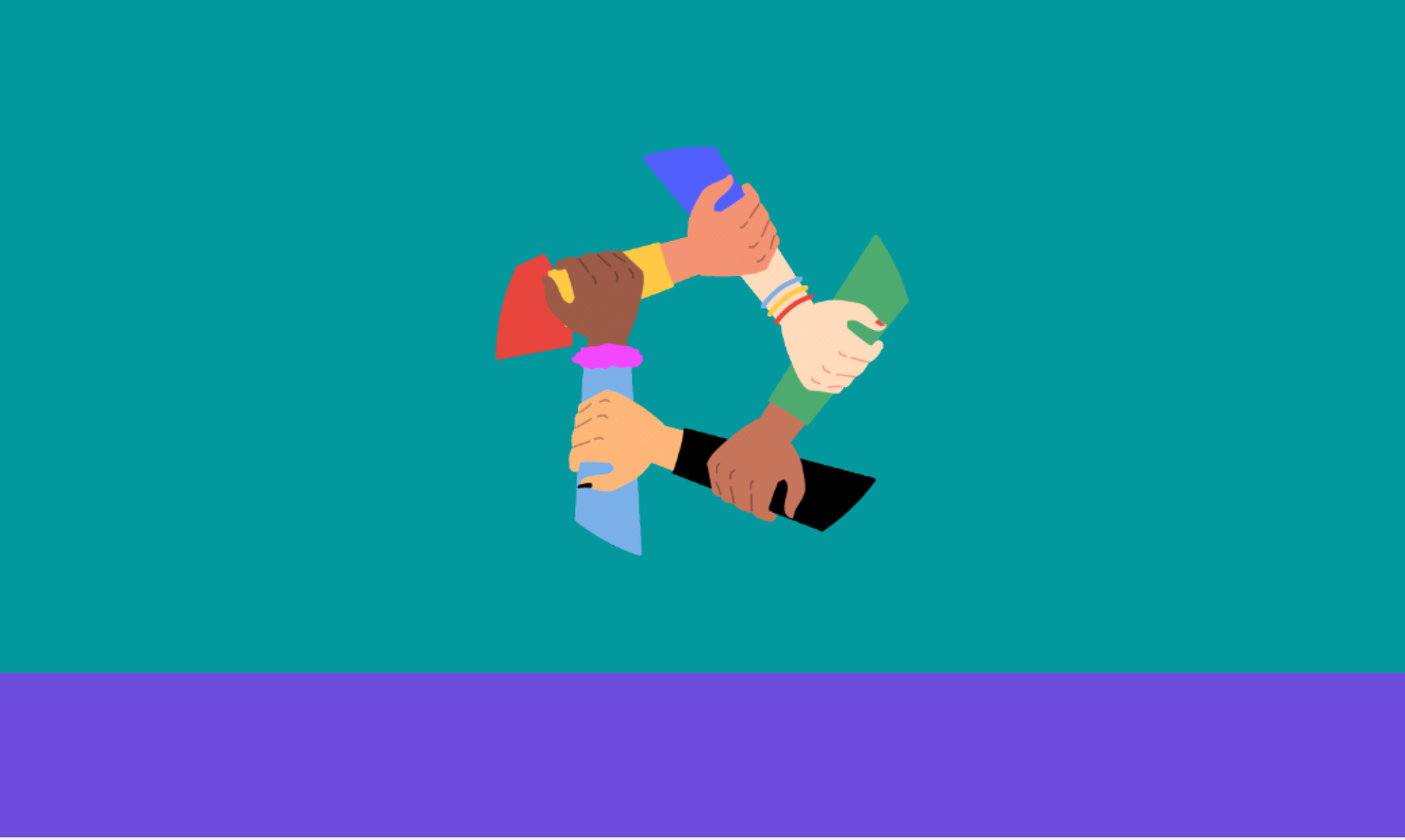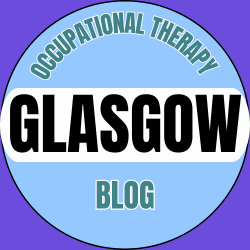To start with… a little bit about me. I am an occupational therapy advanced practitioner in NHS Lanarkshire with around 18 years of experience in acute and community stroke services. I became interested in the role of technology in stroke rehabilitation when looking at ways to modernise services, and had been along to visit the University of Strathclyde (UoS) in Glasgow because I was aware they were doing some research in this field (led by Prof. Phil Rowe and Dr Andy Kerr). My interest progressed to the completion of my PhD (after 9 long years!) in the Biomedical Engineering department. I am now lucky enough to be on a part-time secondment with the university funded though the charity Chest, Heart and Stroke Scotland.
During my ‘research assistant half of the week’ I work in the Sir Jules Thorn centre for co-creation of rehabilitation technologies. Research within the centre looks to explore rehabilitation technology as a means to ‘bridge the gap’ between the recommended levels of rehabilitation after a stroke in national clinical guidelines (3 hours a day, 5 out of 7, RCP 2023) and what the NHS service are currently able to provide within current resources. In the centre participants, who are at least one year post-stroke and discharged from NHS rehab, attend group-based sessions for an 8 week programme. Three hour sessions are available five days a week with participants encouraged to as many as possible (minimum of 2 per week). During the sessions participants are supervised while completing a range of prescribed activities using rehab technology to work towards goals relating to movement, cognition and communication. So far, 80 out of 86 participants have completed the 8 week programmes and improvements have been seen in a range of outcome measures. Importantly, there have been no serious safety issues and participants overwhelmingly tell us they enjoyed the programme and feel they have benefited from it.

In November 2023 a study, which is a collaboration between the UoS, NHS Lanarkshire, and Innerva (UK manufacturer of powered gym equipment), began to study the acceptability and feasibility of using this model with in patients in the early stages after stroke. A large room on the stroke unit was re-purposed into a ‘technology enriched stroke rehabilitation hub’. The hub houses equipment such as powered gym equipment, upper limb devices such as GripAbles, large interactive screen, iPads, a treadmill with virtual reality and ceiling harnesses for balance work.
Ward therapists assess patients as normal and, if recruited into the study, the patients’ own OT/PT/SLT’s prescribe appropriate activities to be carried out in the hub. The hub sessions are facilitated by an APR and clinical support worker who have been appropriately trained. Sessions are run for 2 hours in both the morning and afternoon 5 days a week, with patients being supported to attend for as long as they feel they can. There will often be 4/5 patients working in the hub at any one time supervised by the two members of support staff.
The research staff at the university will be collecting data throughout the study which will explore how much extra time patients are able to take part in rehabilitation activities, along with the staffing ratio. Interviews are also being carried out with patients, their families, and NHS staff to explore what people think about the model.

We are now at the half way point of the study and early indications are good! We are recruiting quicker than we thought (27 so far) and no patients have pulled out of the study. As per our findings with people in the chronic phase of stroke, the vast majority of participants in this study are also very positive when asked what their experience has been. Some themes are already starting to emerge during interviews and we look forward to reporting on these later in the year. A significant finding has been that, despite variations in the time patients are able to engage in sessions, many patients are able to manage an extra 2-3 hours a day of rehabilitation activities. Often this is because people are able to alternate between physical, cognitive and communication activities.
As a therapist, I feel the pressure that my NHS colleagues are under to provide the levels of intensity of rehabilitation we know that will help our patients to achieve the best outcomes. Within the current financial situation this is frankly impossible to achieve within the traditional model that is predominately based on one-to-one treatment. New models of service delivery will be needed in the future, and the use of a combination of one-to-one and group based technology enriched rehabilitation may offer some part of the solution.
3 Top Takeaways
- Challenge your thoughts around traditional rehab: Not all rehab activities need to be 1:1 in nature
- Use every tool at you and your patients’ disposal to increase intensity of rehab activities – technology can be part of the toolbox
- Don’t under estimate the power of group based activities, not only as a means of vastly increasing intensity, but as a way to offer valuable peer support for patients
Want to know more?

Written by
Gillian Sweeney
Occupational Therapy Advanced Practitioner, NHS Lanarkshire


Morning Gillian, I sat on the NICE Stroke Rehab. Cmtte, am talking about the guideline at a few hospitals, it would be great to meet up / have a zoom to discuss ..
Thx
mark cadman
mcadman@ntlworld.com
LikeLike